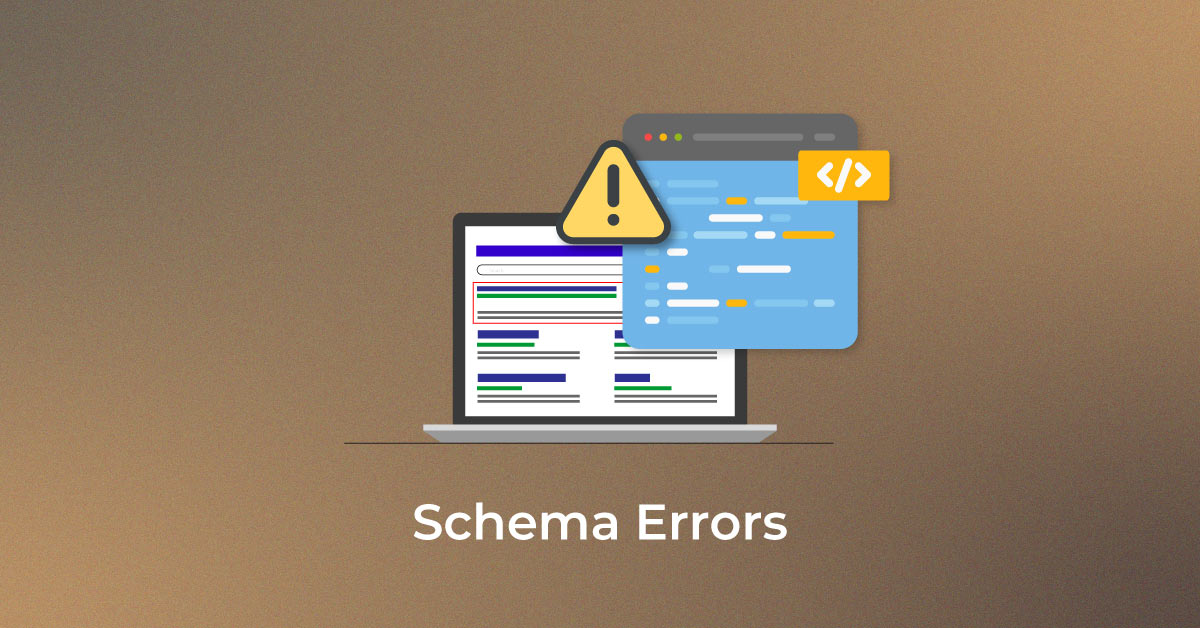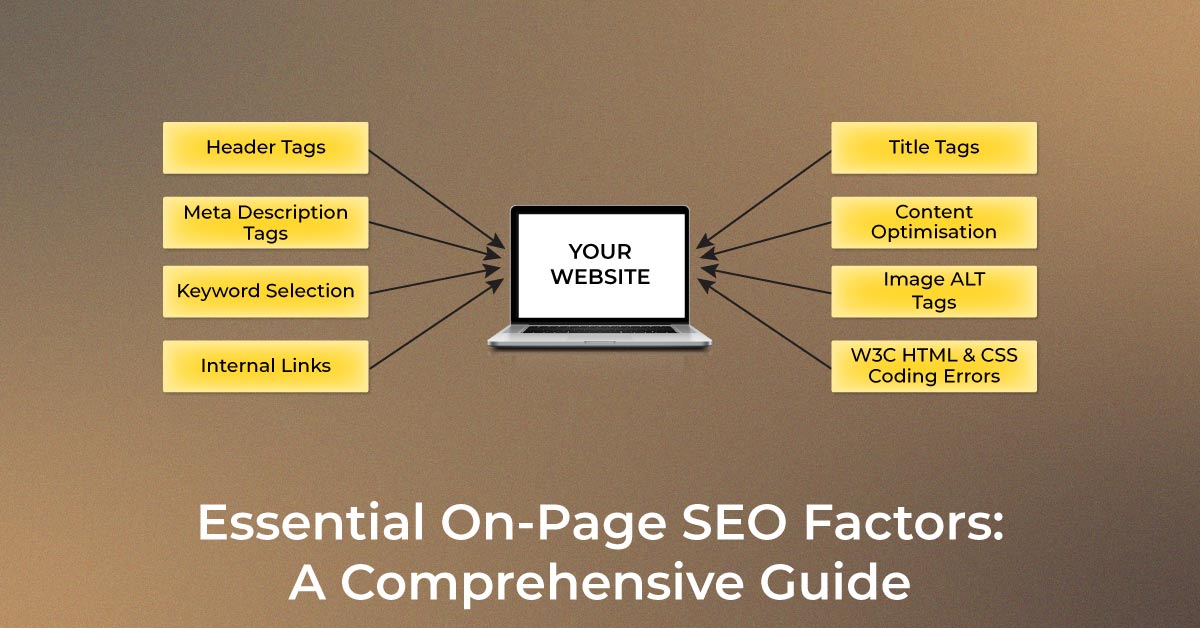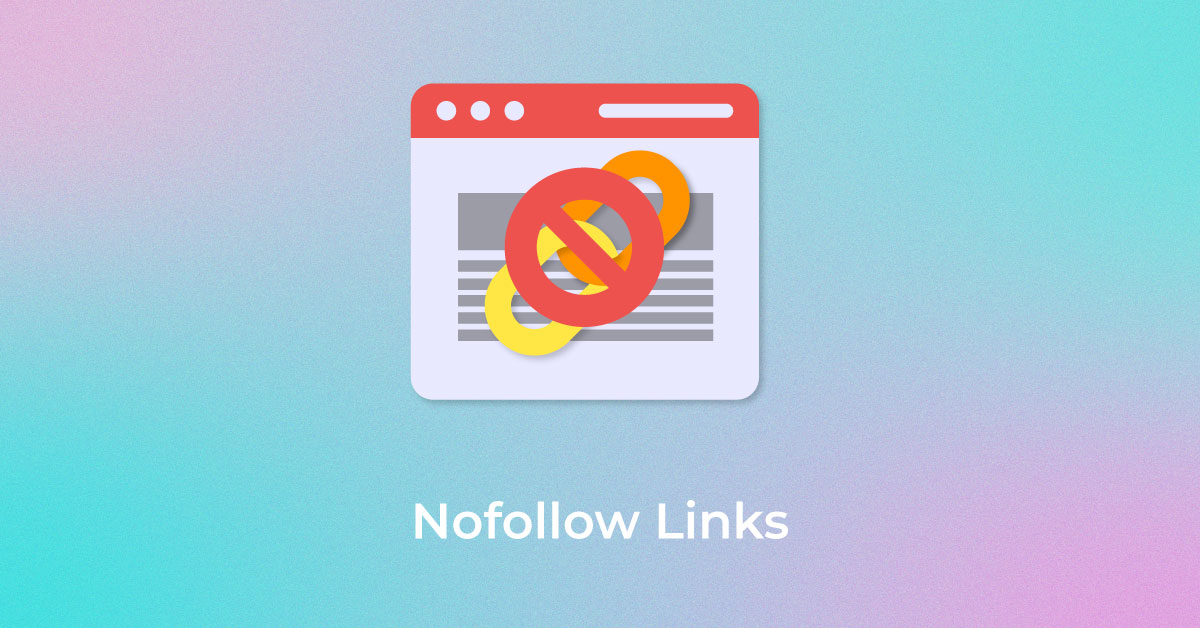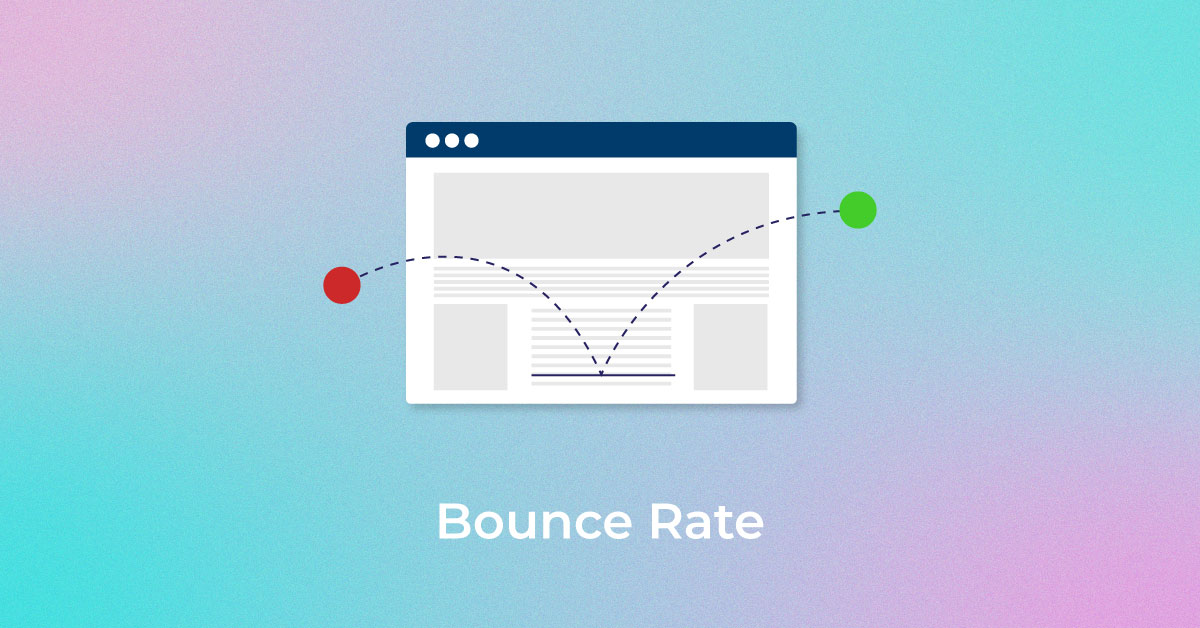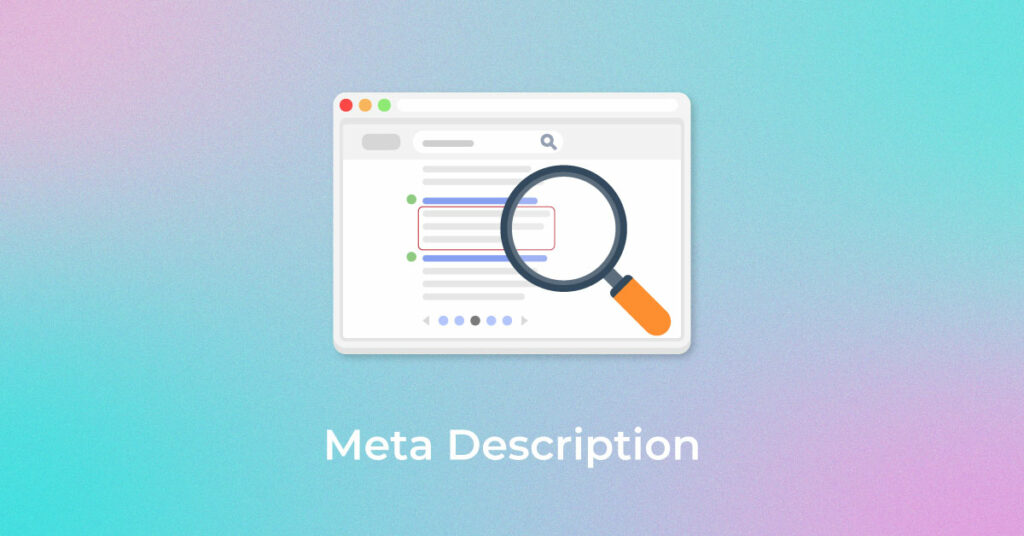Have you ever paid attention to the meta description of your page? It is a 120-160 character description giving those who visit your webpage a quick insight into what you have to offer. Getting the meta description right is a sure shot way to attract visitors to your page or website.
What is a Meta Description?
Meta description is a short HTML element that summarises the contents of your page and your offerings in one or two sentences. This 20-160 characters description lets visitors assess if the content on your page is relevant to them. It appears right below the title tag and URL (website link) and gives users a brief gist of the content lying beyond the link. The meta description length is short, so it has to be concise yet catchy.
 Importance of Meta Description
Importance of Meta Description
Most content writers or marketers believe that only the title tag of their page is important. But if a title tag is what grabs attention, a meta description is what sustains it. A study by Ahrefs shows that Google Search Engine Results Pages or SERPs show meta descriptions approximately 37% in their original form and rewrite the remaining 63%. So if you are not paying attention to your meta description, Google will take on the job and extract meta tags by itself. Social media platforms like Twitter also pull off the first few lines of your content if you don’t include a title tag.

Even though a meta description is not a direct ranking factor on search engines, it’s among the first few lines users come across. Thus, they work as an indirect ranking factor. A well-written meta description stands out from competitors but is relevant to visitors. It drives organic growth and the click-through rate by prompting users to click on your web link. Even if you have gold-standard content on your webpage but a thoughtlessly written meta description, the chances are that most users might skip through. So, you should pay attention to how you are phrasing your meta description.
How to Write Meta Descriptions?
Earlier, meta descriptions used to be all about the keywords. But due to excessive keyword stuffing and spamming, Google rewired its algorithm and reduced the importance of meta descriptions. However, they still hold relevance, but the focus is now on writing quality and unique content. If you are struggling with how to write a compelling meta description, this step-by-step guide will help you out:
-
Use Keywords Concisely
As mentioned above, the focus from keywords being the only factor in deciding the relevancy of a meta description shifted to quality content back in the early 2010s. Since you will mostly add keywords in your title tag, you can shift your focus from them while phrasing the meta description and put on your thinking caps to reflect what your content is all about.
-
Write a Readable Meta Description
Your meta description should be written in a way that is easily readable. Do not use fancy words or technical language and think about what your audience would want. Shift your focus from trying to sound like an expert and frame the meta description in a way that suggests you have taken the time to step into the user’s shoes.
-
Keep it Short
Your meta description length should be around 120 characters for smartphones and around 160 characters for desktops. Anything longer than the set character range appears as dots (…..) to readers, which can be off-putting. You can take inspiration for good meta description examples from web pages such as Shopify, HealthLine, Nordstrom, and any other competitors in the same league.
-
Write Compelling and Relevant Meta Descriptions
It is vital that every word of your meta description is compelling and serves a purpose. A good way to come up with an attractive meta description is to try and step into the minds of your audience. Search for the why, what, when, and where behind every search query, and you will see a common theme in your users’ search intent.
-
Don’t Duplicate
Duplicating an already existing meta description is a big no-no. Plagiarized or rewritten content in the meta description can leave a bad first impression and dent the trust users place in you. This has even more of a negative impact if your meta description is ripped off from a popular and well-established competitor as people tend to trust numbers and the ones leading the race more often.
-
It Should be Actionable
Your meta description should motivate users to act and click on your webpage link. For instance, writing your meta description in the active voice gives much better results than writing it in the passive voice. The active voice makes the searcher the main focus of a sentence, making them feel a direct involvement. As it fuels action, it becomes more relevant to the user than a passive and abstract tone.
-
Consider Adding a CTA to the Meta Description
A CTA or call-to-action is a direct and clickable link that leads users to your page in exchange for giving them something valuable in return. For instance, a meta description that ends with ‘free trial’ or ‘sign up for free’ or ‘take a free test’, and so on are likely to get more clicks as they offer something valuable to the user. Adding a CTA to your meta description can boost your click-through rates.
-
It Should Match Your Content
People tend to skim through web search results if the content displayed doesn’t grab their attention within a few seconds. If your meta description is completely different from your web content and title tag, it can leave users confused. Your meta description should complement your inner content and upper title tag to enhance your viewership.
Popular Searches
How useful was this post?
0 / 5. 0











